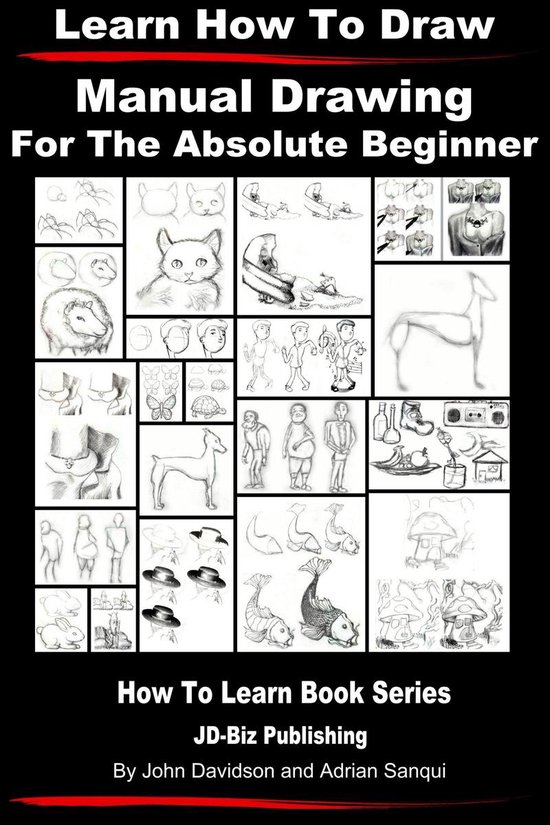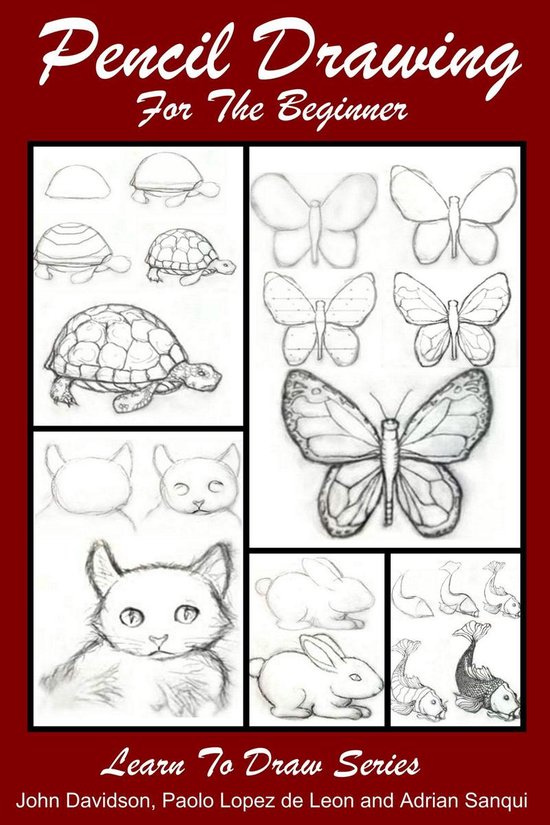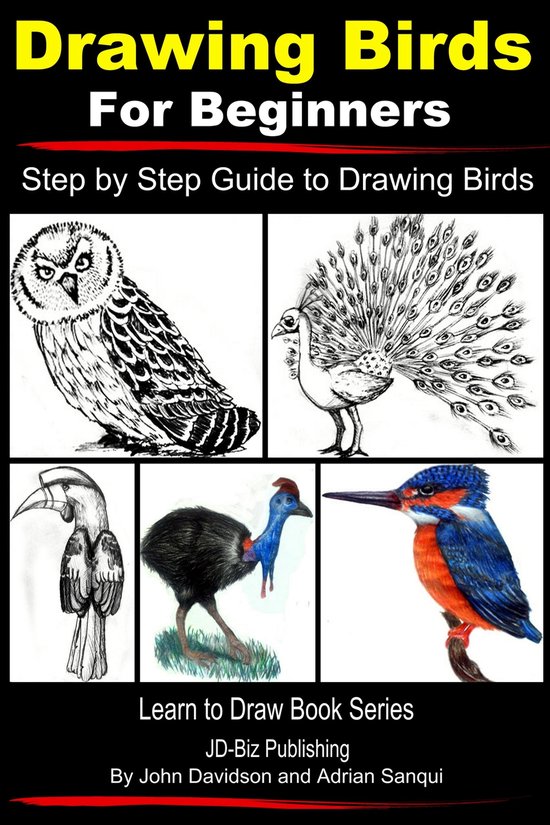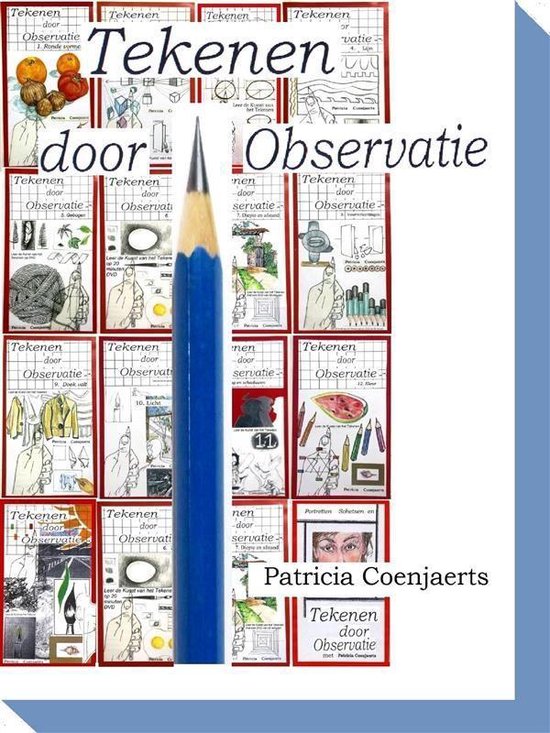
Learn to Draw 1 - Learn to Draw: Manual Drawing - for the Absolute Beginner
Learn to Draw - Manual Drawing - for the Absolute Beginner
If you are an artist in search of further knowledge about drawing to enhance your skills, then this is not the book for you. This book is for the individuals who wants to be an artist but know nothing about drawing.
I know how it feels when you want to illustrate an idea but you just don’t know how to start. And when you finally grabbed the confidence to mark that paper but then it turned out really terrible and you didn't want to show it to anyone.
Table of contents
INTRODUCTION
GETTING STARTED
How to grip a pencil properly
Warming up
SKETCHING
Starting with sticks and shapes
DETAILING
Design
Texture
SHADING
Casting shadows
Hatching
Cross-hatching
Scumbling
Stippling
Smudging and layering
Smudging
Layering
This instructional manual is for making the ‘two circles’ cat of yours into
something more pleasing and distinguishable, for enhancing that sheep which looks like a cloud with a face, for turning your stick figures into cartoons, and more.
Learn the very basics of drawing easily by following this step-by-step tutorial and realize that drawing is something that is fun to do, and not something that becomes a cause of frustration.
To give you a hint of what this book is all about, look at this short list of tasks that you will learn to properly initiate after reading and following the tutorial.
Tasks:
Start with a loose sketch.
You need to define the first look of your drawing by sketching it first so it could serve as a pattern for your permanent outlines (defined outlines). If the lay-out of your primary sketch is too far-off from the final piece that you are after, the latter parts are going to be difficult.
Define permanent outlines.
Trace your sketch to clearly define the contour shape (primary shape) of your drawing, and clean it up by erasing the sketch markings.
Show/illustrate some texture. Texture contour provides a better portrayal of the shape’s dimension values. The details such as scales, fur or any print and texture should curve and flow with the contour shape of your subject and adjust with it accordingly.
Draw the necessary details. Use a variety of line thickness and line weight (given pressure on the pencil) to show the right balance to the whole drawing, use thick lines for the parts that should visually dominate the drawing, and less visible and thin lines for the secondary details and parts that merely describe the object/subject’s form.
| Auteur | | John Davidson |
| Taal | | Engels |
| Type | | E-book |
| Categorie | | Kunst & Fotografie |





